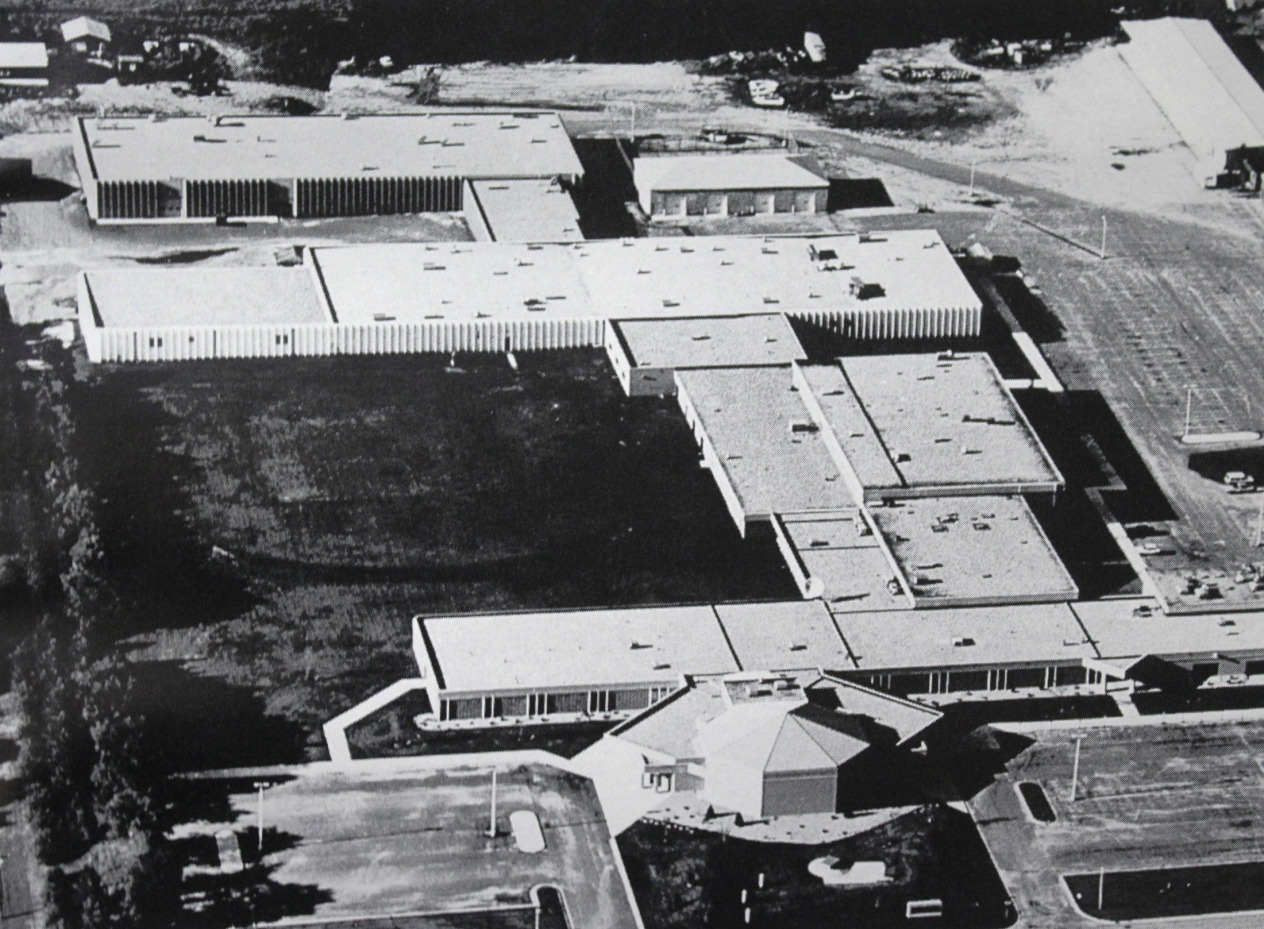Title
CHEM2225 - Organic Chemistry II
API ID
Credits
5 (4/1/0)
Description
Meets MnTC Goal Areas 2 and 3. This course is the second of a two-course series (CHEM2224 and CHEM2225). Students will learn the reactions and characteristics of various organic chemistry groups. The following topics will be included: functional groups, nomenclature and preparation, structure and reactivity, reaction representation and interpretation, reaction considerations and spectroscopy. The course includes a lab which will include purification, synthesis and characterization of organic compounds and the study of organic reactions. Green chemistry techniques will be practiced whenever possible.
Prerequisites
Competencies
- Predict properties and reactivity of organic molecules using concepts of molecular structure, formal charge and resonance.
- Translate between compound names and representations of structure.
- Create and employ three-dimensional structures to determine the constitutional and stereochemical isomeric relationships between molecules.
- Identify various functional groups (including ethers, amines, conjugated pi systems, benzenes, aldehydes, ketones, carboxylic acids and carboxylic acid derivatives) within complex molecules, correlate physical properties with functional group structure, and predict relevant reactions each functional group will undergo.
- Predict the products of oxidation, reduction, aromatic substitution, organometallic, nucleophilic acyl addition, nucleophilic acyl substitution and alpha carbon (enol and enolate) reactions through the application of thermodynamic and kinetic principles.
- Create logical synthetic strategies by combining reactions into practical multi-step sequences.
- Propose reaction mechanisms using the curved-arrow formalism.
- Employ data from IR, NMR, UV-Vis spectroscopy and mass spectrometry to identify organic compounds, and develop an understanding of how each of these analytical techniques works.
- Identify structures and functions of macromolecules.
- Plan organic chemical reactions using proper reaction stoichiometry calculations.
- Perform successful organic chemical reactions with hands-on use of reaction glassware and equipment, practicing proper laboratory technique to maximize product yield and purity.
- Separate and purify chemical compounds.
- Determine the identity of organic samples through physical and spectroscopic methods.
- Determine the qualitative and quantitative purity of organic samples through physical and spectroscopic methods.
- Model the scientific method by performing inquiry- or research-based laboratory experiments or projects in which the student makes decisions regarding experimental design and execution.
- Demonstrate responsible laboratory safety and waste handling practices including the use of proper fume hoods or fume extraction for chemicals that emit hazardous vapors.
- Communicate the procedure, results and relative success of an experiment with respect to the experimental objectives in the form of a laboratory notebook, written reports or verbal presentation.
Goal Areas
2. Critical Thinking
3. Natural Sciences
